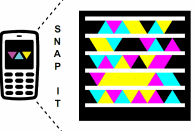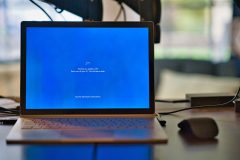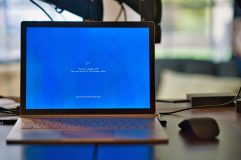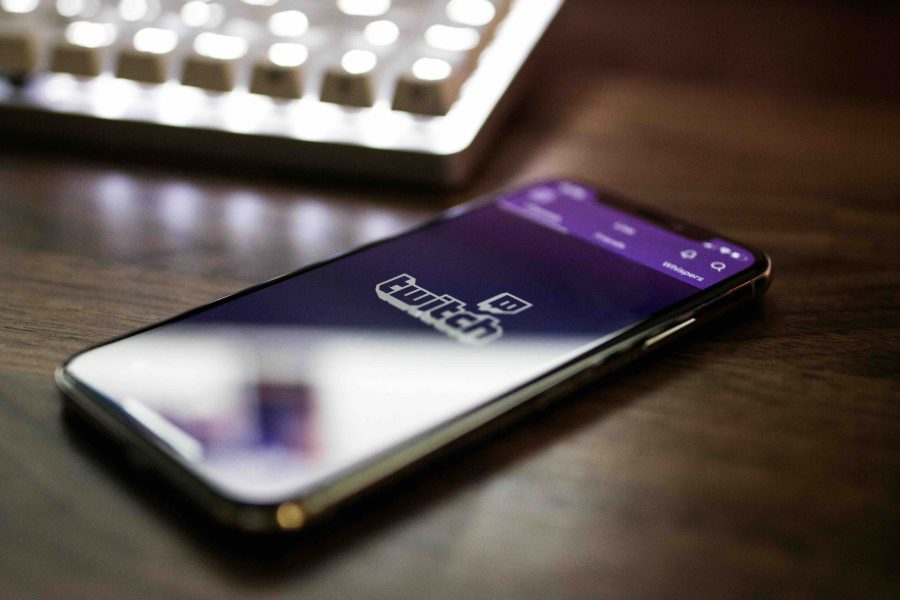Microsoft today releasedMicrosoft Tag, its own barcode technology for mobile phones. For this, Microsoft developed its own High Capacity Color Barcodes which can store a lot more information than the QRCode or Datamatrix barcodes we have become familiar with. Microsoft is specifically targeting mobile users with these tags and has released scanning applications for most types of mobile phones, including the iPhone (iTunes link), as well as Windows Mobile phones, Blackberries, and Symbian S60 phones.

Microsoft’s promo video describes Tag as ‘instant entertainment,’ and while that might be true if you have a low threshold for amusement, it is really more of a useful than fun application.

Do It Yourself
You create your own barcodes on the Tag web site and download them in various formats (PDF, WMV, and XPS). The site also lets you track how often your codes have been scanned, which sets it apart from most other online barcode generators.
Tags always need to include a title, but optionally, you can also set start and end dates for campaigns, secure them with passwords, add vCard information, phone numbers, or just plain text.

The vCard information might be one of the most useful applications, as you could put the barcode on your business cards, from which your contacts can easily import all your contact information to their phones.
Will it Succeed Where the CueCat Failed?
Of course, there is no dearth of barcode readers for mobile phones. Some, just like Microsoft Tag, only read the tags and take you to a destination on the web, while others, like Big in Japan’s ShopSavvy for Android phones, focus more on providing other services like comparison shopping. Other apps like

A few days ago, we wrote about a research project that, once released, would allow you to access information about real-world places by simply aiming your camera at them. While Microsoft’s tags are surely not even close to this, the project does have a lot of potential.
At the same time, though, we have seen too many similar projects fail to be too optimistic about this one (think CueCat in the late 90s). Now that cell phones with adequate cameras are standard issue, however, things might be different and Microsoft’s format does seem to have advantages over QR Code thanks to its ability to store more information, though the real question will be if consumers are actually interested in this technology.
Note: For more info about barcodes and cell phones, also see our three-part series about the “Scannable World”:
- The Scannable World: Mobile Phones As Barcode Scanners
- The Scannable World, Part 2: Scanning Your Web Printouts
- The Scannable World, Part 3: Barcode Scanning In The Real World
CC-licensed image of CueCat courtesy of Flickr user Denn.









